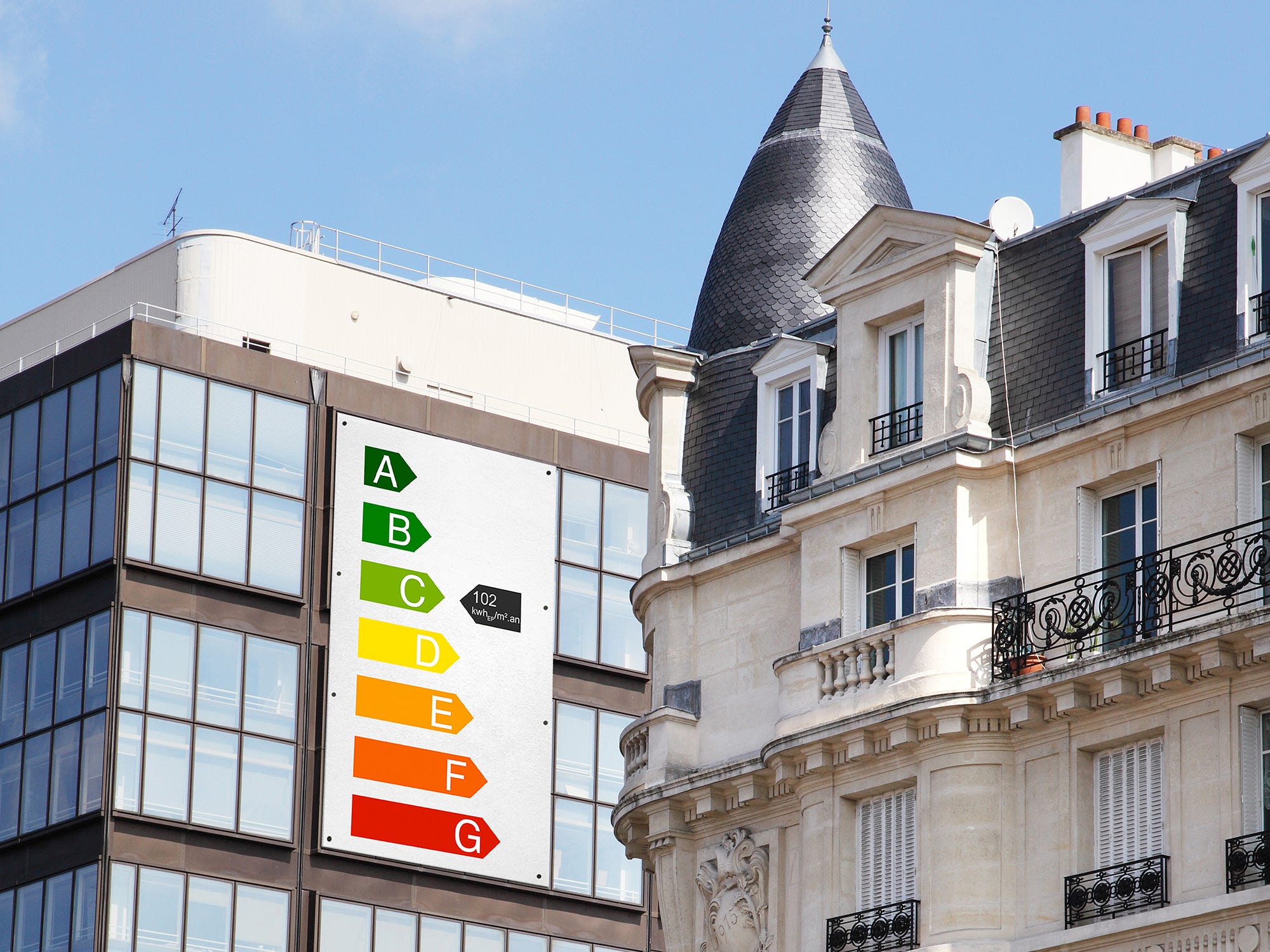Eurovent 4/21: The latest energy efficiency plan for air filters
A new energy efficiency definition for air filters based on DIN EN ISO 16890
January 1st 2019 saw the latest update to the Eurovent energy efficiency scheme come into effect. It replaces the scheme valid during a transition period between the old test standard EN779:2012 and the standard ISO EN 16890:2016.
One year after the mandatory introduction of ISO EN 16890 for the efficiency of air filters, the definition of the energy rating according to the ISO efficiency classes has now also been added. It is based on Annual Energy Consumption (kWh/y) specific to each ISO efficiency rating.The rating of energy classes changed. In the old system based on EN779 there was one energy value for each energy class from A+ to E. In the new rating system there are five different energy values for every class.
In the old system an A rated F7 filter had an energy consumption between 800-950 kWh. In the new system an F7 Filter could be between a filter efficiency of ePM2.5 50-65% or ePM1 50-65%. The A Rating is now much more finely dependent on the declared efficiency rating.
Eurovent 4/21 - 2018 is structured to place a percentage of products into each category, so only the very best filters will achieve the higher classifications.
- Grade A+: 1%
- Grade A: 5%
- Grade B: 15%
- Grade C: 30%
- Grade D: 50%
- Grade E: 50%
The definition is more precise than the old system according to EN779. This increases the transparency about the energy consumption of the filters for operators of air conditioning and ventilation systems and simplifies filter selection.
Eurovent 4/21 – 2018 - Annual Energy Consumption (kWh/y) specific to each ISO efficiency rating



The knock-on effect of this re-structuring is that around 14% of all products will be downgraded from an A class – even those that fall just outside the new limit. It should be remembered that the performance of these products has not deteriorated in any way and they still provide excellent energy efficiency. There is now just more room for improvement.
It is also worth highlighting the difference in energy efficiencies between each filter grade. An A+ rated F7 filter could consume the same amount of energy as a B rated M6, for example. So it is crucial to choose a product according to what is required; not to over-specify the filter grade or make a selection based upon purchase history. The key is choosing the filter that will deliver the correct level of air cleanliness at the lowest possible energy consumption. Eurovent 4/21 is a great help in doing so.
Eurovent 4/21 -2018 – Rating air filtration energy efficiency
A filter consumes energy by creating a resistance to the air flow through it. This pressure drop means that the ventilation fan has to work harder in order to move the air. The effort required is directly related to the energy consumed by the fan motor. There are other contributory factors, but put simply, if the pressure drop of the filter is lowered, the fan works less hard and consumes less energy.
Eurovent 4/21- 2018 provides a uniform and validated method of testing, classifying and presenting the energy efficiency of an air filter, making comparison of different products simple. Fine dust filters acc. to ISO EN 16890 with a face dimension of 592 x 592 mm from participating (Eurovent certified) manufacturers are eligible to be rated.
Depending upon their expected energy consumption, products are then awarded one of six ratings from A+ (the best) to E (the worst). For the certification of air filters at Eurovent, filter manufacturers submit test reports from independent laboratories for each filter. Eurovent checks the data and makes spot checks at production sites.

Eurovent Certified Performance
This product performance certificate is issued by Eurovent Certita Certification according to the certification rules: ECP FIL - « Air Filters » in force at established date.
Contact us
At MANN+HUMMEL, we’re here to support your air filtration needs! Whether you have questions about our products or need tailored solutions, our expert team is ready to assist you. Reach out to us via email, telephone or contact form to discuss your requirements, and let’s work together to enhance your air quality. Contact us today and experience exceptional service tailored to your business!